In Print: Indian Textile Sourcebook
June 10, 2019
Drawing on the Victoria and Albert Museum’s world-class collection of Indian textiles, The Indian Textile Sourcebook: Patterns and Techniques (Thames & Hudson, 2019) is a beautiful collection of images that feature a wide variety of textile designs, techniques, and colors. It includes many close-up shots of the reverse of fabrics allowing readers to see precisely how the textile was made.
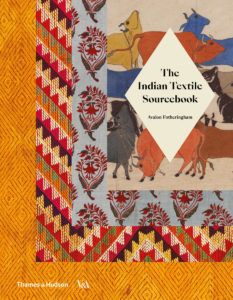
“From the roughest block prints to the finest brocades, the astounding variety of India’s textiles reflects an unbroken tradition of craftsmanship, innovation, and exchange that spans millennia,” writes author and V&A curator Avalon Fotheringham in the book’s introduction.
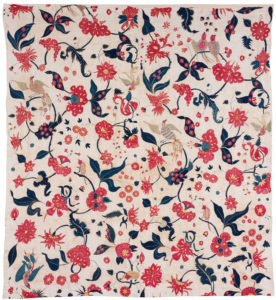
Page 248: Hanging (whole)
Gujarat for the English market (part of a set from Ashburnham House Sussex), c.1700 Cotton embroidered with silk in chain stitch.
What You’ll Discover:
The introduction gives an overview of Indian textiles, including methods by which they were made and their intended uses. Following the overview of techniques used to create the patterns, 3 themed chapters examine the development of India’s textile patterns: Flora, Figurative, and Abstract and Geometric (with my favorite being Flora). Within each chapter, three plate sections illustrate Structure (the pattern inherent to the construction of the fabric), Surface (textiles whose patterns have been created by dyeing, painting, or printing), and Embellishment (embroidery and applied work). This book is a dream for anyone interested in pattern development, recurring themes, and color inspiration.
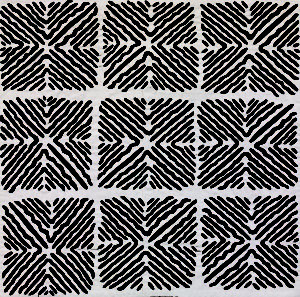
Page 367: Cushion Cover Designed by Asha Sarabhai for Raag Ahmedabad, Gujarat, 1992-3, Cotton with cut-work cotton appliqué.
Each chapter comprises an introduction to the style’s history, and demonstrates the techniques of structure, surface and embellishment patterning. A wealth of cross-referencing by theme and process makes this a uniquely useful resource. Over 300 breathtaking and hugely varied designs are examined here in detail through close-up shots of the pattern and material alongside images of the reverse of many fabrics, demonstrating different weaving techniques so that the reader can see precisely how the textile was made.
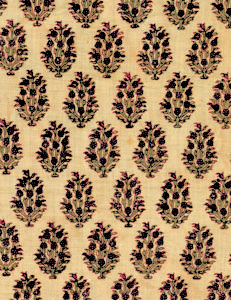
Page 90: Yardage (detail). Probably Sanganer, Rajasthan, c.1850 Block-printed mordant-dyed cotton.
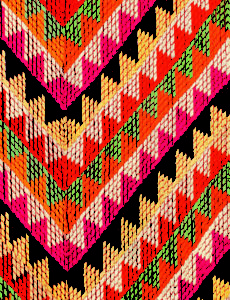
Page 379: Woman’s Shawl (bagh; detail). Punjab (Pakistan), 19th century. Cotton embroidered with floss silk in surface-darning stitch.
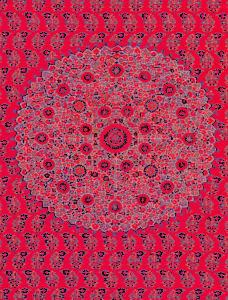
Page 61: Moon Shawl (detail)
Kashmir, c.1800, double-interlocked twill-tapestry woven Pashm (kani weaving).
Info:
- 400 pages
- Hardcover
- Published March 21st, 2019
- ISBN: 9780500480427
- BUY IT HERE

Related Blog Articles
No related blog articles yet.